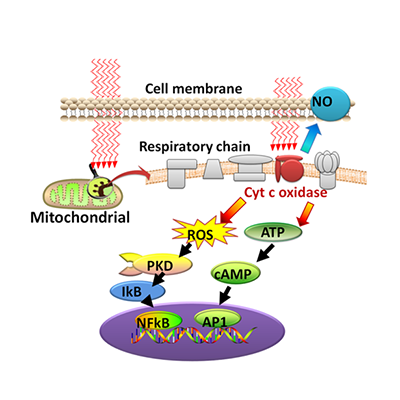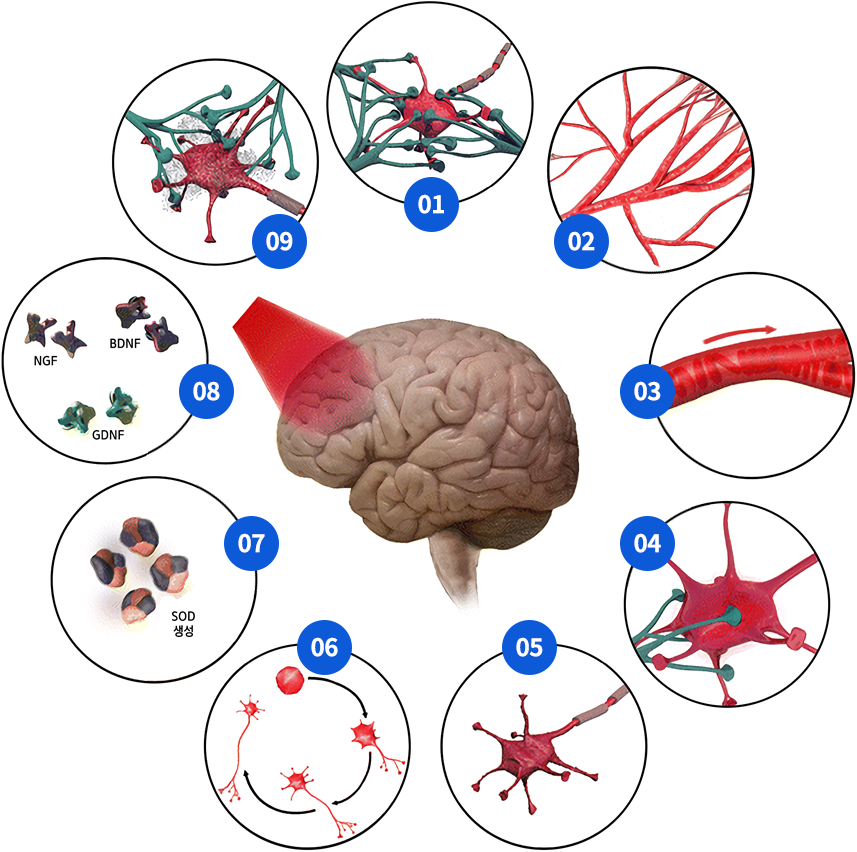Recent findings
Oct 2021
Recent PBM Therapy Study on Cancer
One of recent 200 or so studies in relation to cancer treatment and PBM therapy
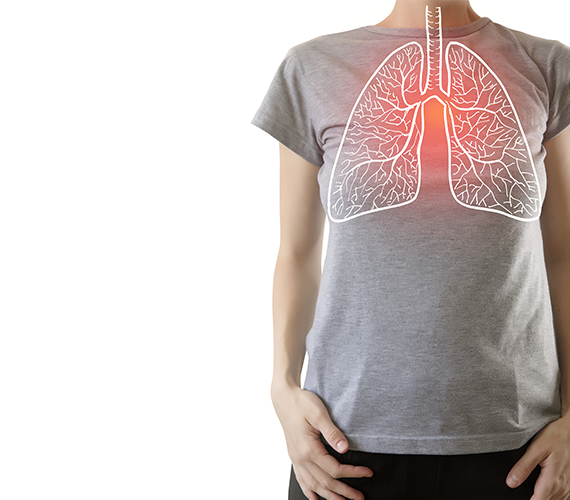
Brain Metastases Completely Disappear
in Non-Small Cell Lung Cancer Using
Hydrogen Gas Inhalation: A Case Report
Fuda Cancer Hospital of Jinan University, Guangzhou
Intervention Department of Shenzhen Second People’s Hospital, Shenzhen, Dec 17, 2019
Non-small-cell lung cancer (NSCLC) is the second most frequently diagnosed tumor worldwide, and is the leading cause of cancer-related deaths. In 2018, Wang et al reported on delivery of different concentrations of hydrogen gas into two culture systems for lung cancer cells (A549 and H1975). They found that the ability of cells to divide, migrate and infiltrate into tissue was inhibited significantly, and that apoptosis was accelerated. Also, lung cancer tumor-bearing mice were treated with hydrogen gas for 4 weeks, and the tumor volume was reduced by 25%. Also in 2018, Akagi and Baba reported the results of hydrogen gas monotherapy for patients with stage-IV colon cancer. They found that the proportion of programmed death (PD)-1+CD8+ T-cell subsets in the blood of patients was reduced upon continuous inhalation of hydrogen, and was reduced by ~60% after several months. After 3 years of follow-up, progression-free survival and overall survival were prolonged significantly.
Recent study on PBM therapy
in its relation to Parkinson’s and nervous system
From various studies, PBM therapy has been revealed to have a positive effect on
treating and/or delaying Parkinson’s, stroke, and Alzheimer’s diseases.
Recently, there’s a case report showing that when PBM therapy is done with hydrogen inhalation therapy,
there’s a great synergistic effect and currently, animal study is being conducted to show this correlation.
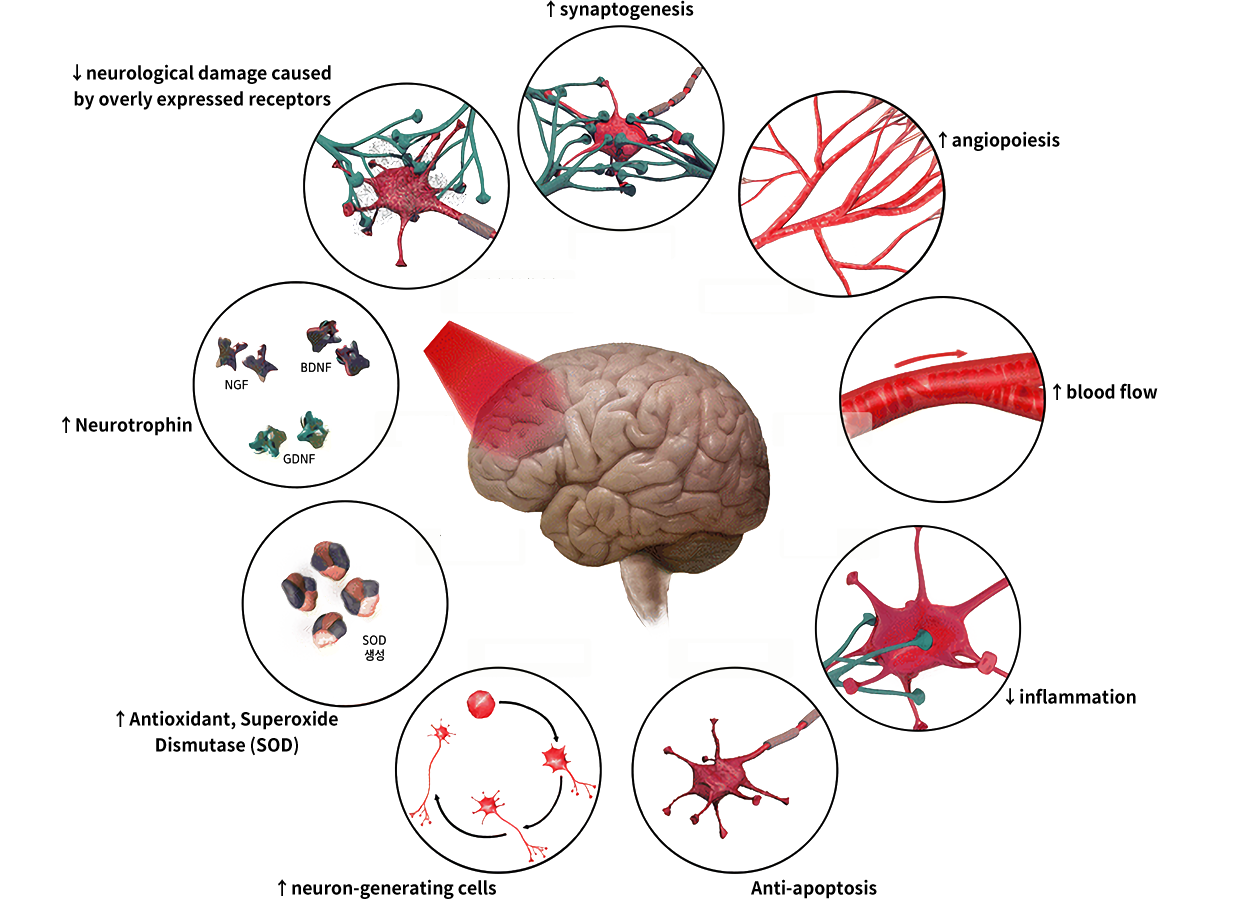
Effects of concomitant use of hydrogen water and
photobiomodulation on Parkinson disease, Jan 29, 2021
Department of Neurology, Taipei Medical University
Shuang Ho Hospital, New Taipei City
Conclusion: This novel, proof-of-concept study demonstrated that PBM+H2 therapy
is safe and reduces disease severity. A larger-scaled clinical trial is
warranted to completely investigate the effects of PBM + H2 therapy on PD.
-
Photobiomodulation for
Parkinson's Disease in Animal Models:
A Systematic Review, Jan 15, 2020College for Light Medicine and Photobiomodulation,
D-82319 Starnberg, Germany.
Niraxx Light Therapeutics, Inc., Irvine, CA 92617, USA.
ProNeuroLIGHT LLC, Phoenix, AZ 85083, USAPhotobiomodulation (PBM) might be an effective treatment for Parkinson's disease (PD) in human patients. PBM of the brain uses red or near infrared light delivered from a laser or an LED at relatively low power densities, onto the head (or other body parts) to stimulate the brain and prevent degeneration of neurons.
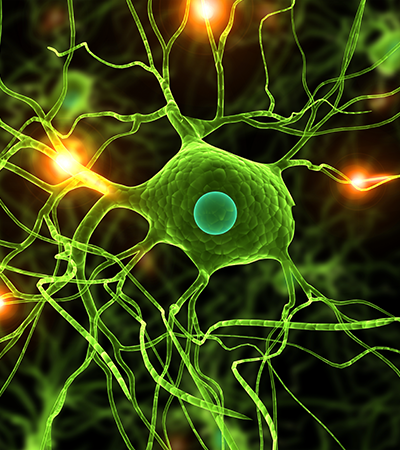
Immunity Care System
Immunity Care System
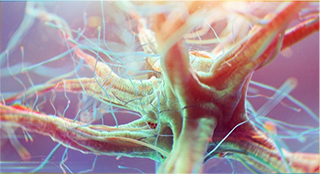
Until now, a variety of PBMT devices have been used to treat neurodegenerative brain diseases such as Alzheimer's disease (AD) and Parkinson's disease (PD), but have not achieved good results because the structure, dose, irradiation, intensity, and light source of the PBMT devices used in clinical trials are not appropriate. But in a lot of recent research...
Disclaimer: This content consists of medical papers and academic information and is not intended to diagnose,
treat diseases, or replace a doctor's advice, and all outcomes may vary from person to person.
-
BAHI Therapy
-
Immune Care Magazine
-
Research/Education
-
Find the center
-
About Hue Light
-
Product Site
-
Hue Light USA


 English
English
